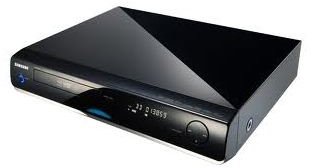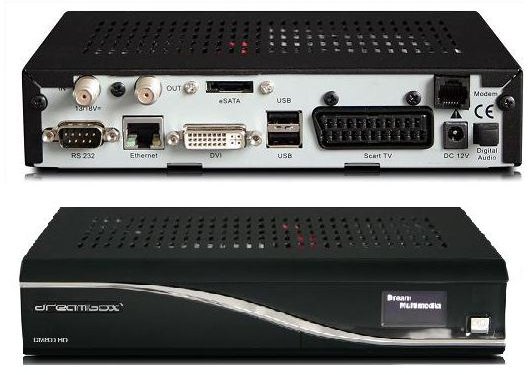How to Use an Old Receiver as an HTPC Case
What is an HTPC and How is One Built?
HTPC stands for Home Theater PC, a computer that is connected to a TV or a projector and is used for watching movies, YouTube streams, TV, pictures and listening to music and radio. It is a complete multimedia solution with more advanced features than any other commercially available product. The construction of an HTPC is the same as any other computer. It has a processor, motherboard, RAM (Random Access Memory), HDD (Hard Disk Drive) and power supply. The system has to be quiet but powerful and to do this you can use the Intel Atom processor which has passive cooling (no cooler fans). The motherboard should have DVI, HDMI, LAN and 5.1, or even better, 7.1 audio out for maximum multimedia experience. Also it needs to have a GPU (Graphics Processing Unit) that can cope with high definition videos.
All of this hardware needs to be housed in a case. The design of the case should differ from other computer cases; it has to be small and conspicuous. There are a lot of manufacturers offering HTPC cases that can be very expensive, but if you want to be creative and save money you can build your own from an old receiver, VCR or DVD player. Knowing how to work with power tools and how to solder is a must. Here are three different ideas on how to build your own HTPC case.
HTPC case from an Old Satellite Receiver
You can use an old receiver as an HTPC case because some models of satellite receivers are practically PCs running Linux complete with a HDD, USB and LAN. They are almost perfect because they are big enough for all of the hardware components. There are also mounts for the HDD but not for your motherboard. You will need to drill holes for the motherboard mounts and additional ones for the power supply.
If you are good at soldering, you can connect the Video, Audio, USB and LAN connectors to the output connectors of the satellite receiver. This will make the whole transformation hidden and eliminate the need for cutting and drilling to access the motherboard ports. The last step is to connect the power and reset buttons.
Another option is to salvage an old USB keyboard with multimedia buttons for Play, Pause, Stop, Mute and other controls; then the keyboard leads can be soldered to the appropriate buttons of the receiver making use of its control interface. If you use an old receiver as an HTPC case make sure that the receiver housing is big enough to house all of the hardware. This solution can be easiest to build because of the already present output ports, but the main disadvantage is that there is no space for a DVD or Blu-ray burner.
VCR as a HTPC

This is a more complicated build because almost all of the mounts for the motherboard, power supply and the HDD must be drilled. Another issue is the Video, Audio and LAN outputs that need to go on the back of the VCR case. A big advantage on the other hand is the space for DVD or Blu-ray burner that can fit in the place for the video tape mechanism. You can also use the keyboard method of adding controls to your HTPC case. This choice is probably the worst of the three because it takes a lot of work for a poor design.
DVD Player as a HTPC Case

This is probably the best solution. DVD players are smaller than the receiver and the VCR, so in this case you’ll need to use laptop parts. This means mounting a motherboard, processor, memory and HDD from a laptop inside the DVD player case. Also you can take the DVD of Blue-ray drive from the laptop and place it where the original DVD drive was. The laptop adapter can be placed inside the case but if placed outside the temperature of the HTPC will be lower. The mounts for the parts have to be drilled. Another advantage is that some DVD players have DVI and audio output which means the motherboard video and audio pins can be soldered to the outputs of the DVD case at the back. This will solve the output design issue. In this build you can also incorporate the USB keyboard for HTPC control. This system will be quiet because laptops are designed for low noise output.
Which Build is the Best for You?
There are two conditions that will help you chose: money and DVD/Blue-ray drive. The least expensive and easiest solution is to use an old receiver as an HTPC case, though it doesn’t allow for a DVD or Blue-ray drive. If you want to watch DVD or HD movies then the best solution and also the most expensive solution is the combination of a DVD player case and laptop parts, which will result in a quiet and contemporary design.
References
DVD image credits to Samsung
Receiver image credits to Dreambox
Source: author’s own experience.
